Introduction
According to World Health Organization (WHO), cardiovascular diseases (CVDs) are the number one cause of death globally. In 2004, an estimated 17.1 million people died from CVDs, representing 29% of all global deaths. Of these deaths, an estimated 7.2 million were due to coronary heart disease and 5.7 million were due to stroke.
By 2030, almost 23.6 million people will die from CVDs, mainly from heart disease and stroke. These are projected to remain the single leading cause of death. The largest increase in number of deaths will occur in the South-East Asia Region. According to the Department of Statistic Malaysia, the number one cause of death in year 2006 is ischemic heart disease (12% of total causes of death).
The major causes of CVDs are:
-
tobacco use
-
physical inactivity
-
an unhealthy diet; such as:
-
excessive intake of food high in fat
-
cholesterol and salt
-
lack of fibre intake in a daily diet
-
Fat in Food Supply
There are few types of fat in our food supply, which are:
-
Saturated Fat
-
Mostly raise ‘bad’ cholesterol (LDL cholesterol) and ‘good’ cholesterol (HDL cholesterol) in blood.
-
Usually present in coconut oil / milk, palm oil, animal fat (e.g. fat of meat or poultry), full cream milk or dairy products, ghee and butter.
-
Excessive intake of saturated fat will increase blood cholesterol.
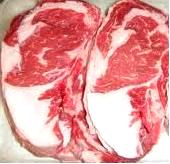
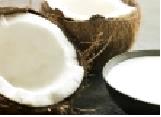
Animal fat Coconut milk 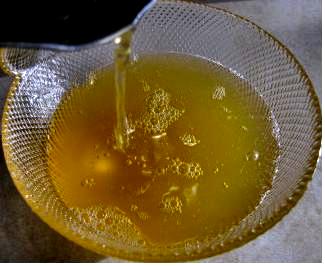
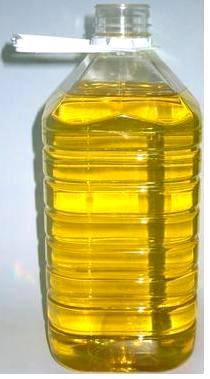
Ghee Palm oil
-
-
Unsaturated Fat
-
Monounsaturated fat
-
Help to decrease ‘bad’ cholesterol in blood when substituted for saturated fat in our daily diet.
-
Present in high amounts in olive oil, canola oil, peanuts, pistachios, almonds and avocados.
-
-
Polyunsaturated fat
-
The major dietary polyunsaturated fats are omega 3 and omega 6 fatty acids.
-
Help to decrease ‘bad’ cholesterol in blood and cardiovascular risk.
-
Omega 6 fatty acids present in high amount in soybean, corn, safflower and sunflower oils.
-
Omega 3 fatty acids present in flaxseed, canola and soybean oils, walnuts, fatty fish such as mackerel, herring, salmon, tuna and trout.
-
-
-
Trans Fat
-
Raise ‘bad’ cholesterol and decrease ‘good’ cholesterol in blood.
-
High intake of trans fat have been associated with an increase of LDL cholesterol and cardiovascular risk.
-
Present naturally in meat and milk and also, formed through an industrial process (hydrogenation) to produce more solid and longer lasting vegetable oils.
-
Can be found in hard margarine, processed food, high-fat pastry (e.g. donuts and cookies), french-fries, potato chips and deep frying fast food.
-
Intake of trans fat should be as minimum as possible.
-
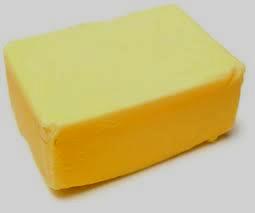 |
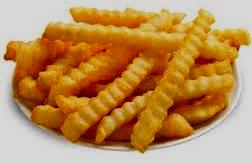 |
| Hard margerine | French-fries |
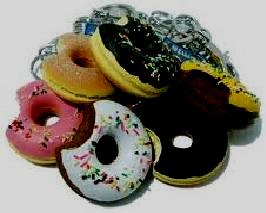 |
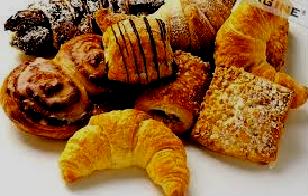 |
| Donuts | Pastries |
Dietary Cholesterol
-
Dietary cholesterol is only found in animal products.
-
Cholesterol rich foods include egg yolk, internal organ, seafood and etc.
-
Limit egg yolk intake to no more than 2 egg yolks per week, inclusive of hidden form such as pastries and cake. If low cholesterol eggs are used, not more than 3 egg yolks per week.
-
Internal organ intake should be minimized.
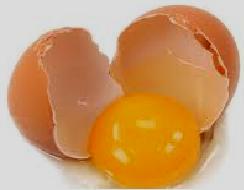 |
| Egg yolk |
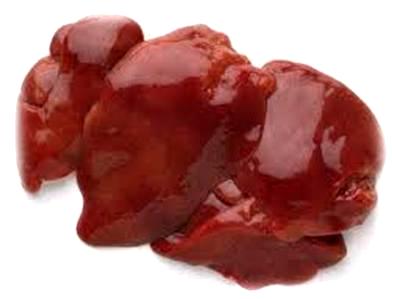 |
| Internal organs |
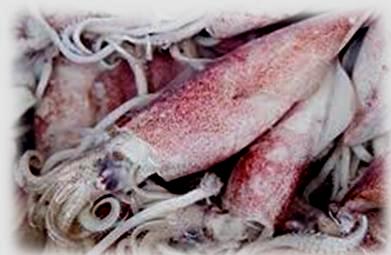 |
| Seafoods |
Tips for Groceries Shopping
-
Choose food labeled with ‘low fat’, ‘low salt’, ‘reduced fat’, ‘fat free’, ‘trans-fat free’ and etc. For examples: low fat milk, skim milk, low fat yogurt, ‘fat free’ yogurt, reduced fat cheese, light mayonnaise and etc.
-
Low fat milk or skim milk is recommended for adults who wish to include milk as part of their diet it is advisable to drink milk as it is a rich source of calcium for bone health.
-
Choose soft margarine instead of hard margarine.
-
Choose lean meat instead of meat with visible fat.
-
Fresh food is preferable. Avoid intake of processed and preserved foods, canned foods and fast foods which are high in salt content. Choose salt reduced products.
-
Choose wholegrain products which are higher in fiber content such as high fiber cereal and oatmeal. Take at least 1 serving of wholegrain products in a day.
-
Vegetable and fruit also high in fibre, which can be taken as snack to increase daily fiber intake. Recommendation intake should be at least 3 serving of vegetables and 2 serving of fruits.
-
Read the nutrition information label of the product (as example);
|
Component
|
Claim | Condition | |
|---|---|---|---|
|
Solid food
|
Liquid
|
||
| Fat |
Low
|
3g / 100g
|
1.5g / 100ml
|
|
Free
|
0.15g / 100g
|
0.15g / 100ml
|
|
| Saturated fat |
Low
|
1.5g / 100g and 10% of energy |
0.75g / 100ml and 10% of energy |
|
Free
|
0.1g / 100g
|
0.1g / 100ml
|
|
| Cholesterol |
Low
|
0.02 / 100g
|
0.01 / 100ml
|
|
Free
|
0.005g / 100g
|
0.005g / 100ml
|
|
| Trans fatty acids |
Low
|
1.5g / 100g and 10% of energy |
0.75g / 100ml and 10% of energy |
|
Free
|
0.1g / 100g
|
0.1g / 100ml
|
|
| Salt |
Low
|
0.12g / 100g
|
–
|
|
Very low
|
0.04g / 100g
|
||
|
Free
|
0.005g / 100g
|
||
Tips for Cooking
-
Food ingredient preparation
-
Trim off all the visible fat and skin of meat or poultry. Avoid wings, feet and other fatty parts.
-
Remove the head/brain and internal organs of seafood (e.g. prawns, squids, anchovies and etc) which are high in cholesterol.
-
Use low fat milk instead of using coconut milk which is high in saturated fat in cooking. If taken, it should be limited to 2 tablespoon twice a week in any dish.
-
Reduced usage of ghee in cooking. Use cooking oil as a substitution.
-
Generally, for a daily calorie intake of 1800 – 2000kcal, total usage of cooking oil should be controlled to 9 – 10 teaspoons.
-
Use oil of unsaturated fat source for stir-frying or cooking method with minimal heat.
-
Deep frying cooking method should be minimized to avoid excess oil intake in a day.
-
Use egg white or egg substitutes instead of egg yolk in bakery.
-
-
Healthy cooking tips
-
Cook food with healthy cooking method such as grilling, baking, roasting, steaming or stir-frying to reduce total fat (oil) intake in our diet.
-
Be aware of hidden source of oil in food. Reduced intake of deep fried food (e.g. fried chicken) or fried food coating with flour (e.g. banana flitter).
-
Use non-stick pan in cooking to reduce usage of oil as minimal as possible.
-
Place a rack inside the roasting pan in oven when roasting meat or chicken, so that the fat in meat or chicken drip away during cooking.
-
Use spices or fresh herb to add colour, taste and aroma of food without adding salt or fat.
-
Use plain yogurt instead of mayonnaise as salad dressing.
-
Chilled the oily soup based food (e.g. meat based soup) and remove the fat layer before reheating and serving.
-
Add more vegetable in cooking to increase our daily fiber intake.
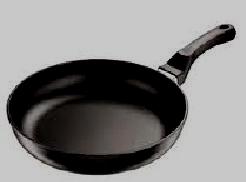
Non-stick pan 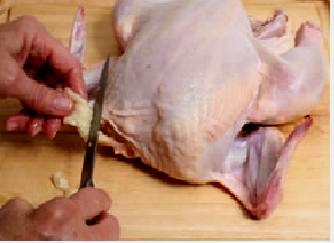
Remove the skin and fat of poultry 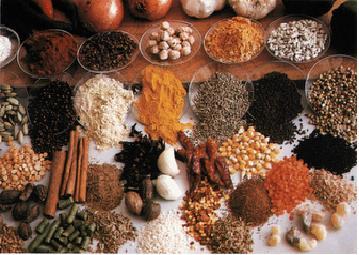
Natural herbs and spices
-
-
Other Tips of Eating Well for Cardiovascular Disease
-
Add low fat milk or skim milk instead of non dairy creamer in drink.
-
Alcohol intake should be limited to 2 units (standard serving) for men and 1 unit for women. Person who does not drink should not be encouraged to initiate alcohol consumption.
-
For person with cardiovascular disease, it is recommended to take 2 or more fish servings per week (120g / serving) and 2 fish servings for those without cardiovascular disease.
-
Reference:
-
American Dietetic Association. 2007. Position of the American Dietetic Association and Dietitian of Canada: Dietary Fatty Acids. Journal of the American Dietetic Association. 107, 1599-1611.
-
Department of Statistic Malaysia. (2009). Statistic on causes of death , Malaysia 2006. Retrieved from http://www.statistics.gov.my/portal/download_Population/files/BPD/perangkaan_sebab_kematian2006.pdf
-
Medical nutrition therapy guidelines (MNT) for hyperlipidemia working group. (2005). Medical nutrition therapy guidelines for hyperlipidemia. Kuala Lumpur : Malaysia Dietitians’ Association.
-
Nutrition Society of Malaysia. Food laws and labeling, proposed new laws on nutrition labelling and claims: what you should know! Retrieved from http://www.nutriweb.org.my/article.php?sid=2
-
World Health Organization. (2006). Mortality country fact sheet 2006. Retrieved from www.who.int/whosis/mort/profiles/mort_wpro_mys_malaysia.pdf
-
World Health Organization. (2011). Cardiovascular diseases (CVDs) fact sheet. Retrieved from http://www.who.int/mediacentre/factsheets/fs317/en/index.html
| Last review | : | 22 October 2012 |
| Writer | : | Low Phei Keow |







